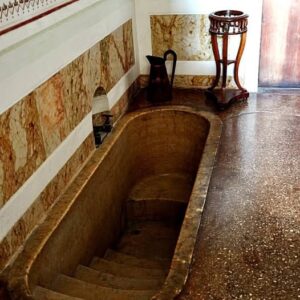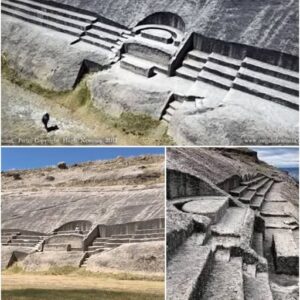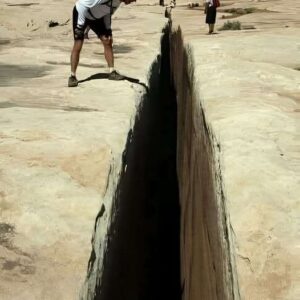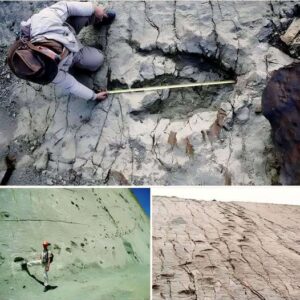The Temple of Ramesses III, located at Medinet Habu in the West Bank of Luxor, Egypt, stands as a testament to the rich history and cultural heritage of ancient Egypt. Built between 1186 and 1156 BC during the reign of Pharaoh Ramesses III, the temple is renowned for its stunning architectural design, intricate artwork, and most notably, the hieroglyphic inscriptions that adorn its walls.
Hieroglyphics, a form of writing consisting of pictorial symbols, were a crucial aspect of ancient Egyptian culture. These symbols were not only used for communication but also held religious, political, and artistic significance. The hieroglyphics found in the Temple of Ramesses III are particularly noteworthy for their detailed depictions of mythological scenes, historical events, and Pharaonic decrees.

As you walk through the corridors of the temple, you will be mesmerized by the intricate hieroglyphic inscriptions that cover the walls from floor to ceiling. Each symbol tells a story, conveying ancient myths, religious beliefs, and historical records. The hieroglyphics serve as a window into the past, offering insight into the lives and beliefs of the ancient Egyptians.
One of the most striking features of the hieroglyphics in the Temple of Ramesses III is their vibrant colors and detailed craftsmanship. The artists who carved these symbols into the walls displayed exceptional skill and precision, creating intricate designs that have stood the test of time.
In addition to their artistic beauty, the hieroglyphics in the temple also serve a practical purpose. They convey important information about the religious rituals, ceremonies, and daily life of the ancient Egyptians. Scholars and archaeologists have spent years studying these inscriptions to unravel the mysteries of the past and gain a deeper understanding of ancient Egyptian society.
Visiting the Temple of Ramesses III is not only a feast for the eyes but also an opportunity to immerse yourself in the fascinating world of ancient Egypt. The hieroglyphic inscriptions that adorn the walls of the temple are a testament to the enduring legacy of this remarkable civilization and a reminder of the ingenuity and creativity of the ancient Egyptians.
In conclusion, the hieroglyphics inscribed on the walls of the Temple of Ramesses III at Medinet Habu offer a glimpse into the rich tapestry of ancient Egyptian culture and history. These symbols, with their intricate designs and profound meanings, continue to captivate visitors and scholars alike, making the temple a must-visit destination for anyone interested in the wonders of the ancient world.





